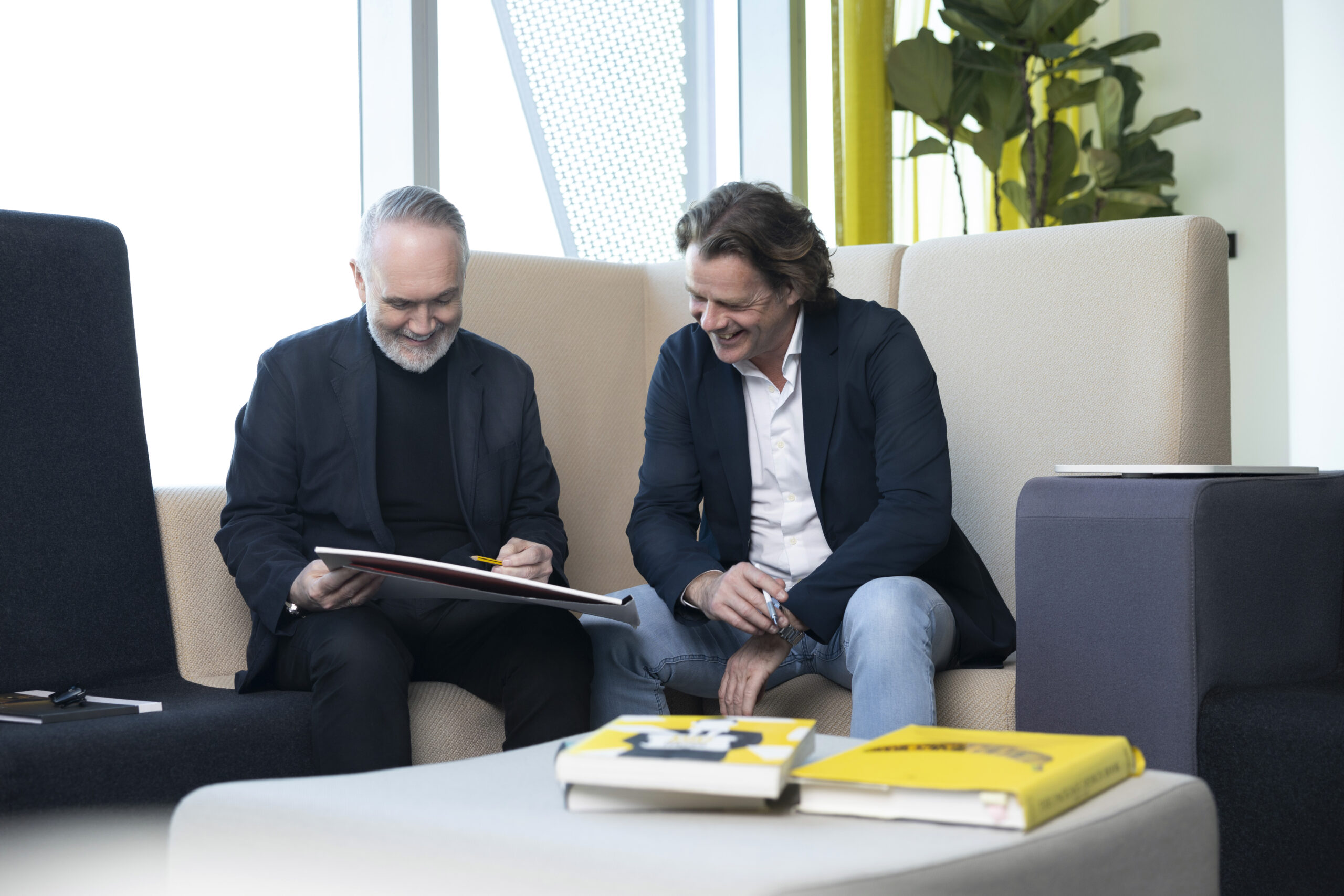Skyne’s Founder, Dennis de Rond, with decades of experience working with FMCG brands, discusses the relationship between packaging design, AI innovation, and production in this feature for the globally renowned L&L Magazine:
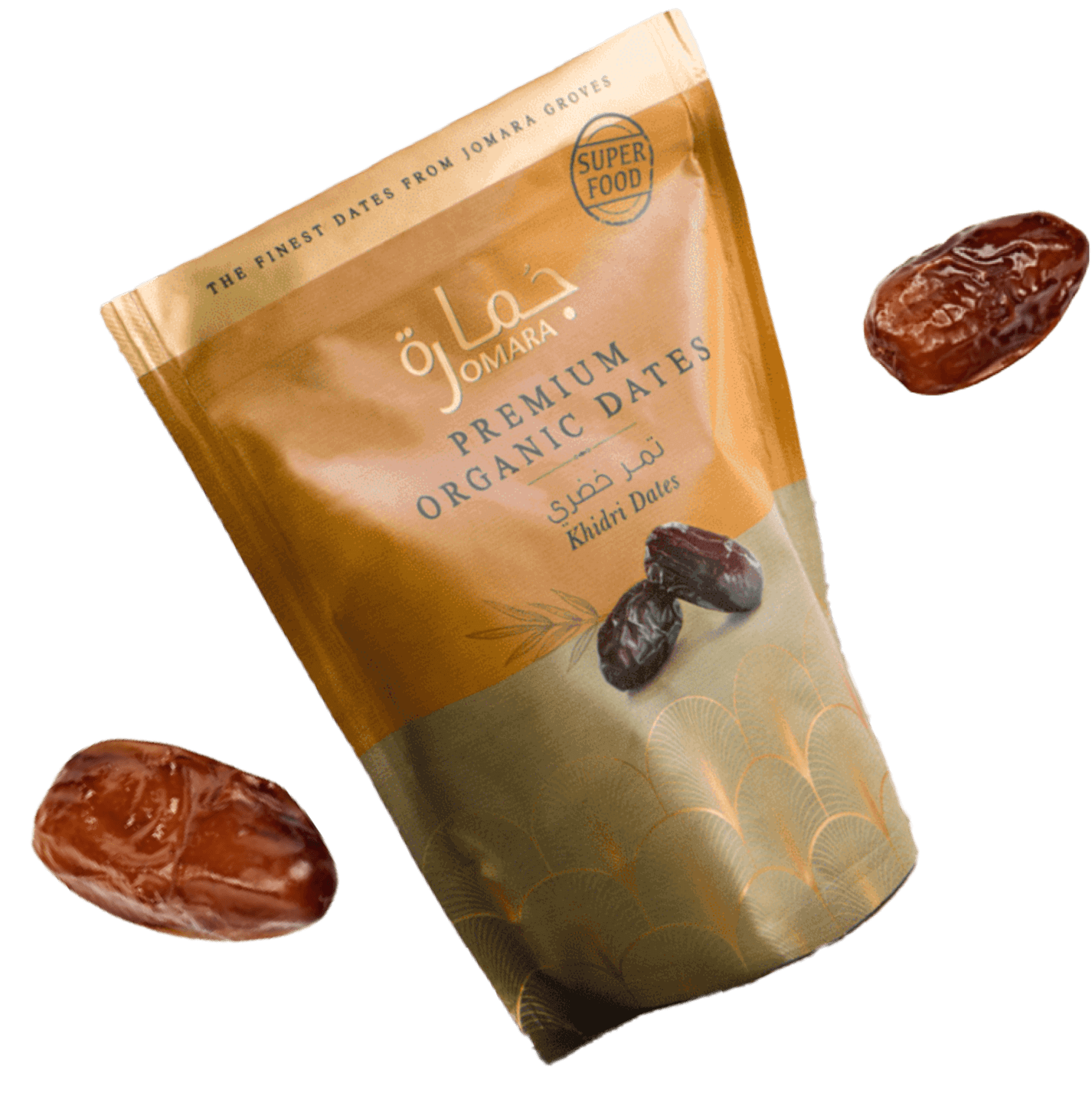
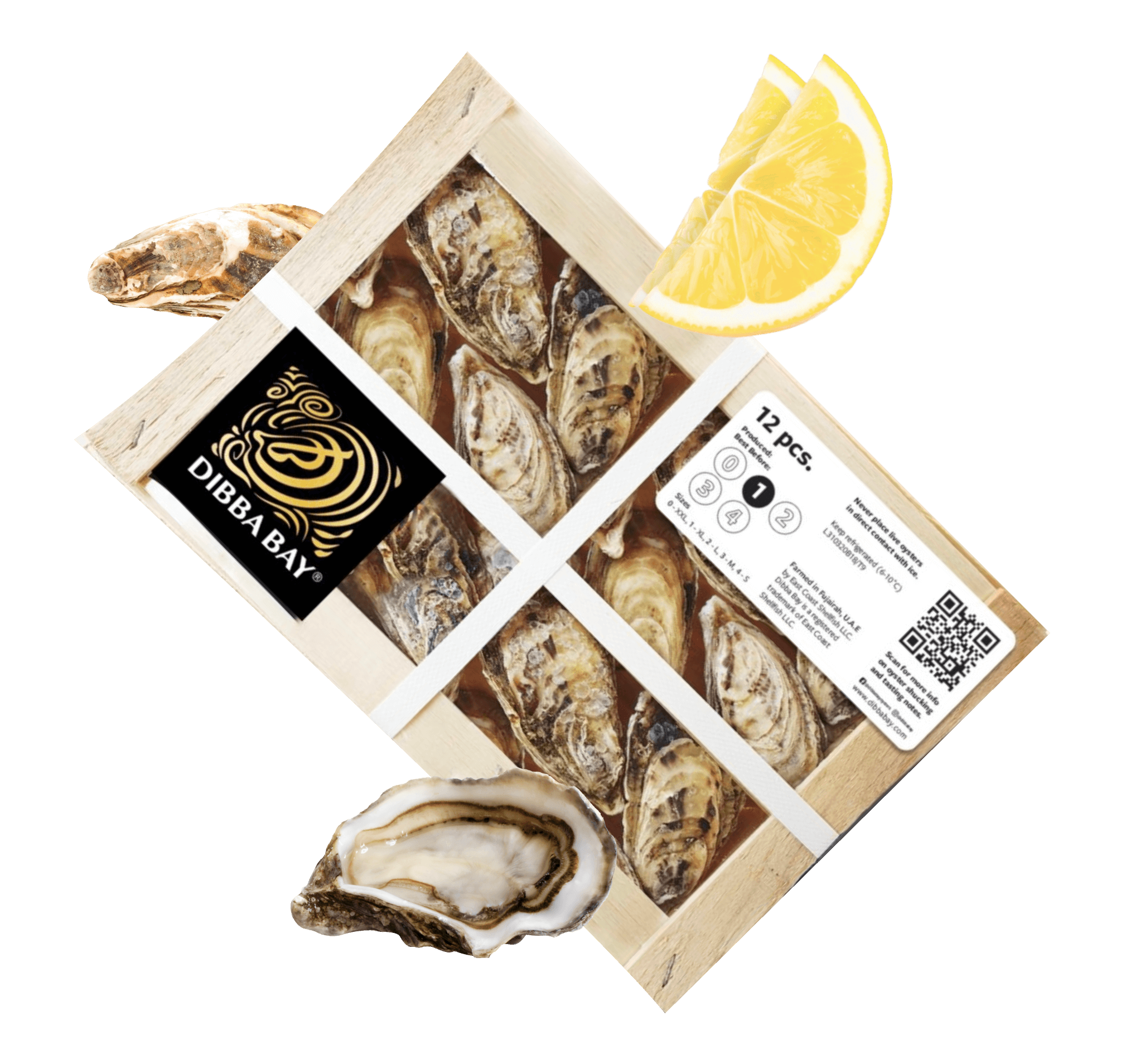
Packaging designers are taking design to new heights with AI and mastering the technical processes behind print production.
With a deep understanding of printing technologies, Skyne is revolutionising the packaging design game. De Rond comes from a family of designers with his father owning a design studio. When De Rond expressed his desire to pursue a career in design, he sought guidance from his father. ‘He advised me, “It is nice that you want to do something in design and packaging, but I have met so many designers who had no clue about printing techniques. I want you to grasp these techniques first”. So, he introduced me to the flexo printing,’ De Rond recalls. During the six-week school summer holidays, De Rond worked next to a flexo printing professional and was able to operate the machine in five weeks at 16 years old. ‘And then the year after, I told my father that now that I know flexo printing, can I come work in the studio? He said, “You know flexo, but you don’t know offset. So, I want you to learn offset printing”.’ De Rond then learned to operate a 5-color Heidelberg rotary offset press.
Equipped with the knowledge of printing techniques, he enrolled in art school. ‘I always liked packaging design. I worked in different design companies. I’m the worst person to go to a supermarket because I will shop four times longer than anyone else as I’m always looking at the new packaging and I want to touch it and see it,’ he says.
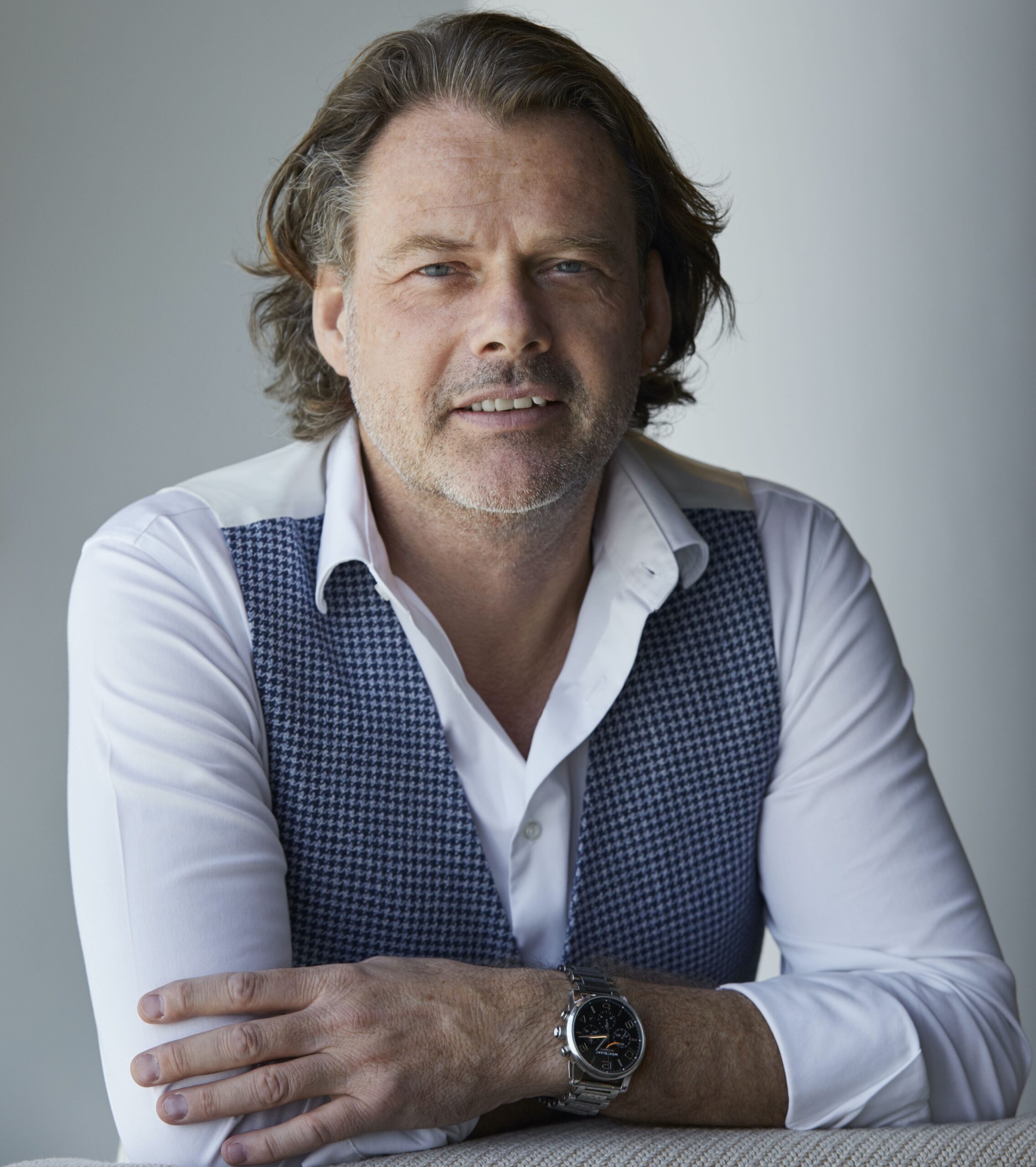
“I think we don’t collaborate enough with packaging converters. I would love to in an earlier phase already be in touch with the converter so that you can almost bounce your ideas with them and because they know the technique better than we do.”
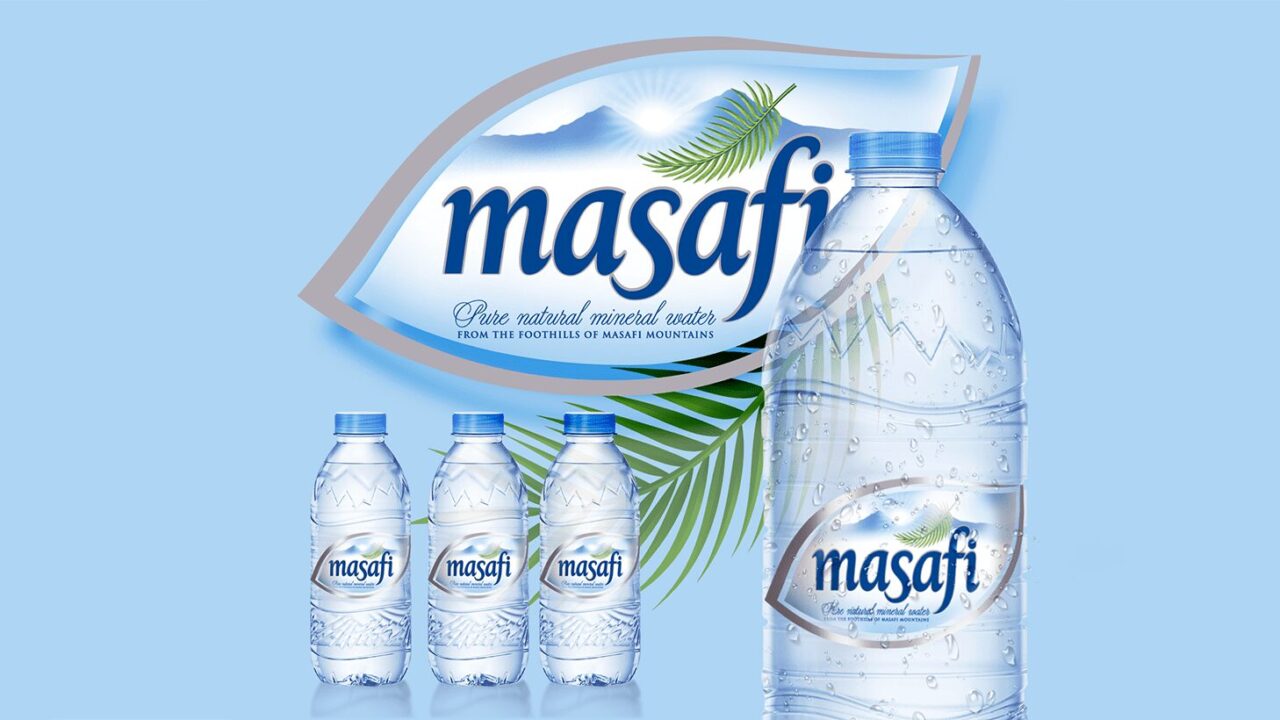
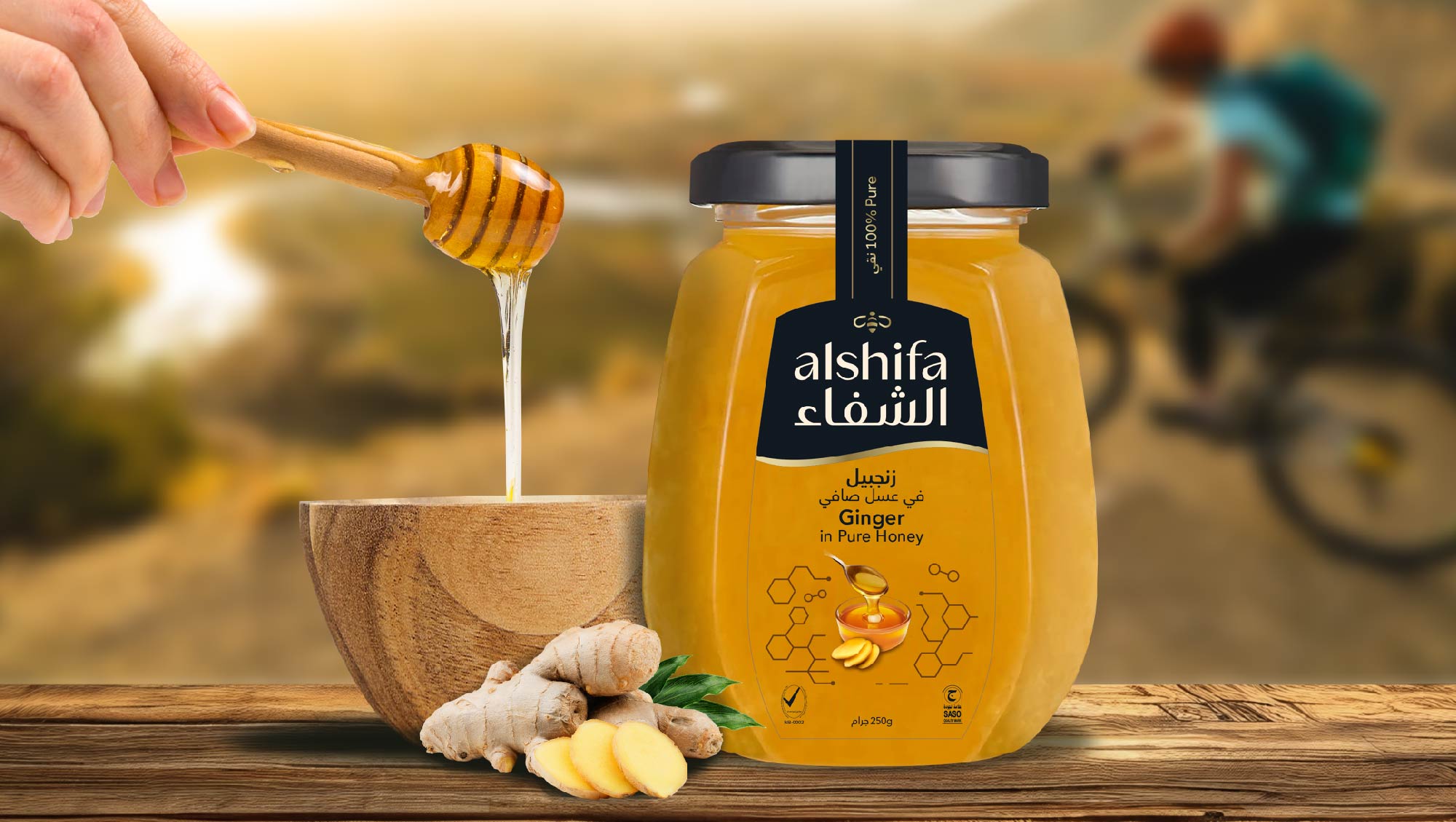
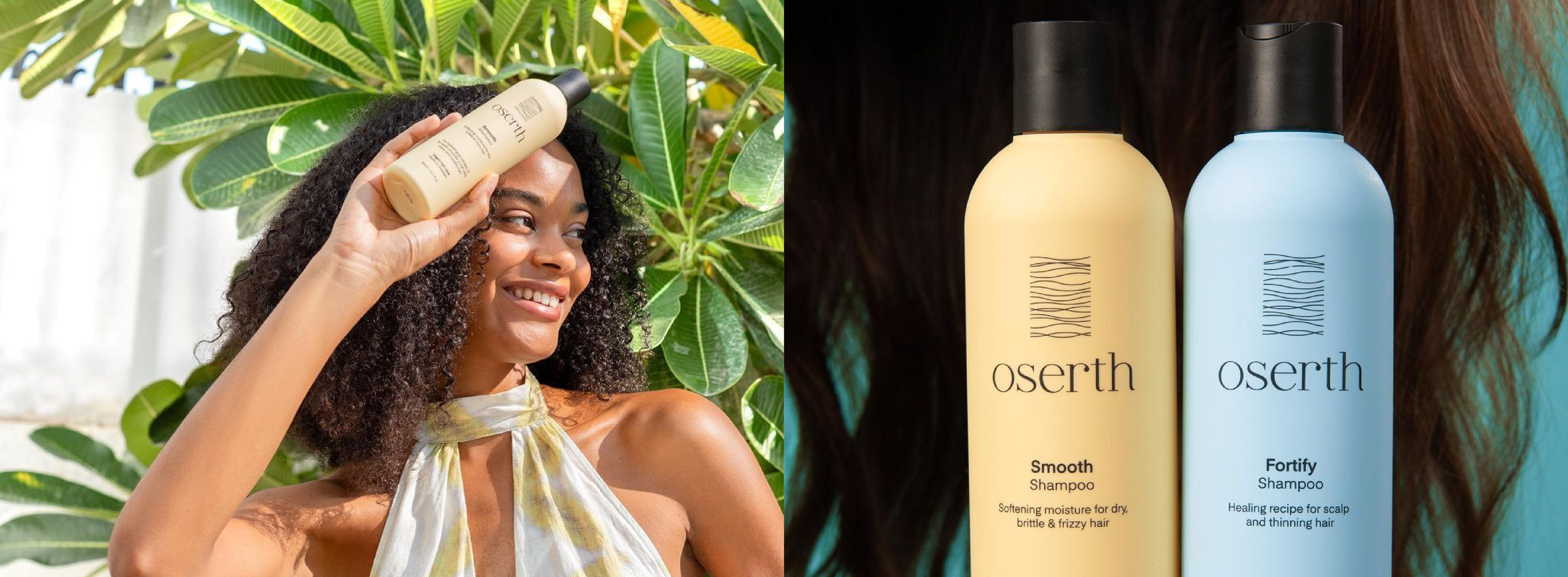
Packaging and AI
‘I realise that it is an enormous plus to have that background in printing technology. But I also see that almost all designers who are finishing art school now don’t have that background. They might have been in a print house once or have no idea about the technology at all. This is also one of the points that I always discuss with designers during the recruitment process. I ask them what their knowledge is on the technical aspects.’
One trend seeing an impact in design is incorporating Artificial Intelligence (AI) in creating new colours and designs for branded products.
De Rond says that with AI, the design landscape has expanded to new horizons. ‘Two years ago, you would do a shoot and then use Photoshop and maybe after four to five days you could have an image. But today, you can create any image instantly.
‘I think we will see that change in packaging lines as well. We might see more complex labels because now the tools have changed. On the other hand, because of that, you will also see a counter response. Designers will also create things that you will clearly see are crafted by hand.’
De Rond already integrates AI in his work, for example, opening new opportunities for using metallic colours in label design.
Scannable designs
Skyne is developing an AI tool that allows consumers to scan a pack or label graphics with their phone camera to access additional content. The company has created a platform where brands can upload their campaign material, ensuring that consumers receive the most up-to-date content when scanning the pack. Instead of relying solely on QR codes, Skyne is exploring other options such as logos and typography to trigger interactions when scanned with a phone. ‘It operates similarly because the QR code consists of dark and white spots arranged in a specific order. Similarly, typography and logos follow a specific arrangement. By computerising this process, scanning them triggers the same action, directing users to a platform. This feature is compatible with smart phones, as it can be picked up by any standard camera. We see it as extending the experience that you want from your packaging,’ De Rond explains.
Controlling print quality
While creating new and eye-catching designs with AI has become easier, translating it into print takes far more than the click of a button. If Skyne knows where the print will be produced, the agency establishes direct contact with the packaging producers. It is more challenging to control the print quality when Skyne is simply providing the brand with the artwork. ‘Sometimes, a brand returns complaining about inaccurate colours. It’s not uncommon for me to accompany the client to the printer, where we conduct tests together. During these tests, adjustments may be made, such as increasing a colour tone. However, even after these adjustments, the colour may not match the Pantone colour as expected. ‘The printer then presents his Pantone swatch claiming it’s almost the same, but upon closer inspection, it is evident that the color is incorrect. This discrepancy can occur because the Pantone swatch is from five years ago, and over time, it has undergone colour changes,’ De Rond explains. ‘I then present my current Pantone colour reference and compare it side by side. This helps to clarify the correct colour. It’s a common issue, and if you’re unfamiliar with the process, it can be challenging to manage. The brand might express dissatisfaction, stating that the design looked fantastic initially but doesn’t match expectations now.’ However, convincing brands of the necessity for quality control and allocating budget for it is not always straightforward. Often, large print runs are outsourced to other countries, which can pose logistical challenges.
“I realise that it is an enormous plus to have that background in printing technology. But I also see that almost all designers who are finishing art school now don’t have that background.”
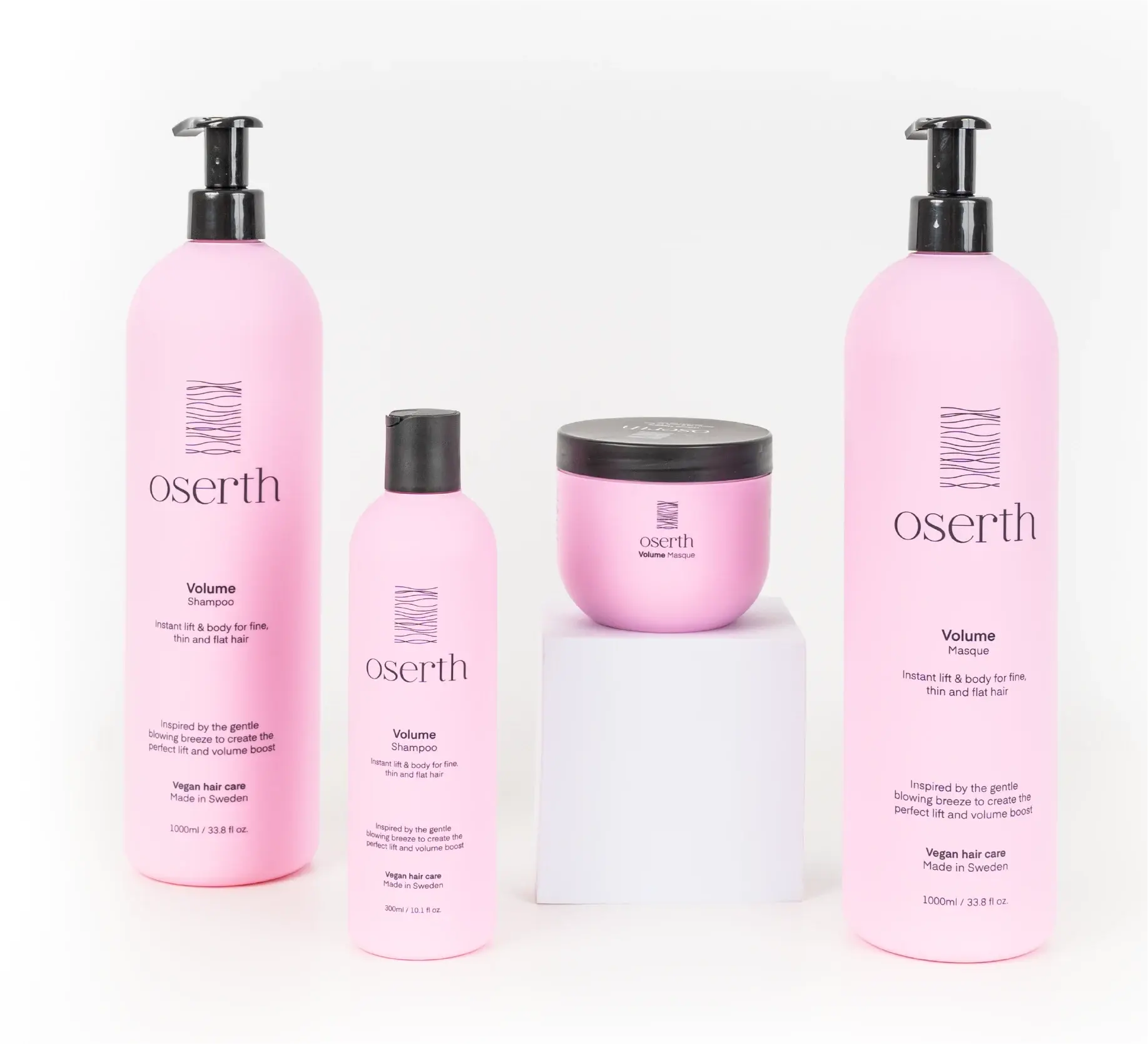
For instance, if a brand insists on printing in Turkey but is hesitant to cover the expenses for the designer’s visit, it becomes a matter of weighing risks. While they may advise on the importance of quality control, ultimately, the decision lies with the brand, and it assumes the associated risks.
‘I think we don’t collaborate enough with packaging converters. I would love to in an earlier phase already be in touch with the converter so that you can almost bounce your ideas with them and because they know the technique better than we do. By involving the converters early on, we can explore ideas together and leverage their expertise to optimise the design process,’ he adds.
In most cases, the converter is not identified until the later stages of a project, as the process involves the purchasing department obtaining quotes from different converters. ‘Consequently, we often find out who the printer or producer of the packaging will be only at the last moment.’
De Rond adds that occasionally, he encounters production houses that may not have access to the latest software programs. This can lead to compatibility issues when exchanging files, as they may be unable to open files created with newer versions.
‘While this is less common in the UAE, it can be more prevalent when working with production houses in African countries. Additionally, some of these production houses may use software programs that may not be the most up-to-date or cutting-edge,’ he states.
‘Then, of course, you have to address the situation. Often there is a considerable amount of back-and-forth regarding files, only to realise that what we’ve created cannot be produced by the specific producer in that country.
‘It’s not necessarily due to the complexity of the design, but rather because their production capabilities do not meet our standards. This can be challenging at times, but we strive to find solutions that accommodate the client. When considering countries like Nigeria, Egypt, or Ethiopia, we often encounter print houses that struggle with such issues.’
While Skyne can recommend to brands where to source their packaging, ultimately, the decision lies with the brand.
‘If a company needs to run a print job or create packaging worth a significant amount, it’s up to them to choose based on their own criteria. I can certainly recommend one option over another, but if the preferred choice happens to be more expensive, the client may still opt for it based on their own considerations,’ De Rond explains.
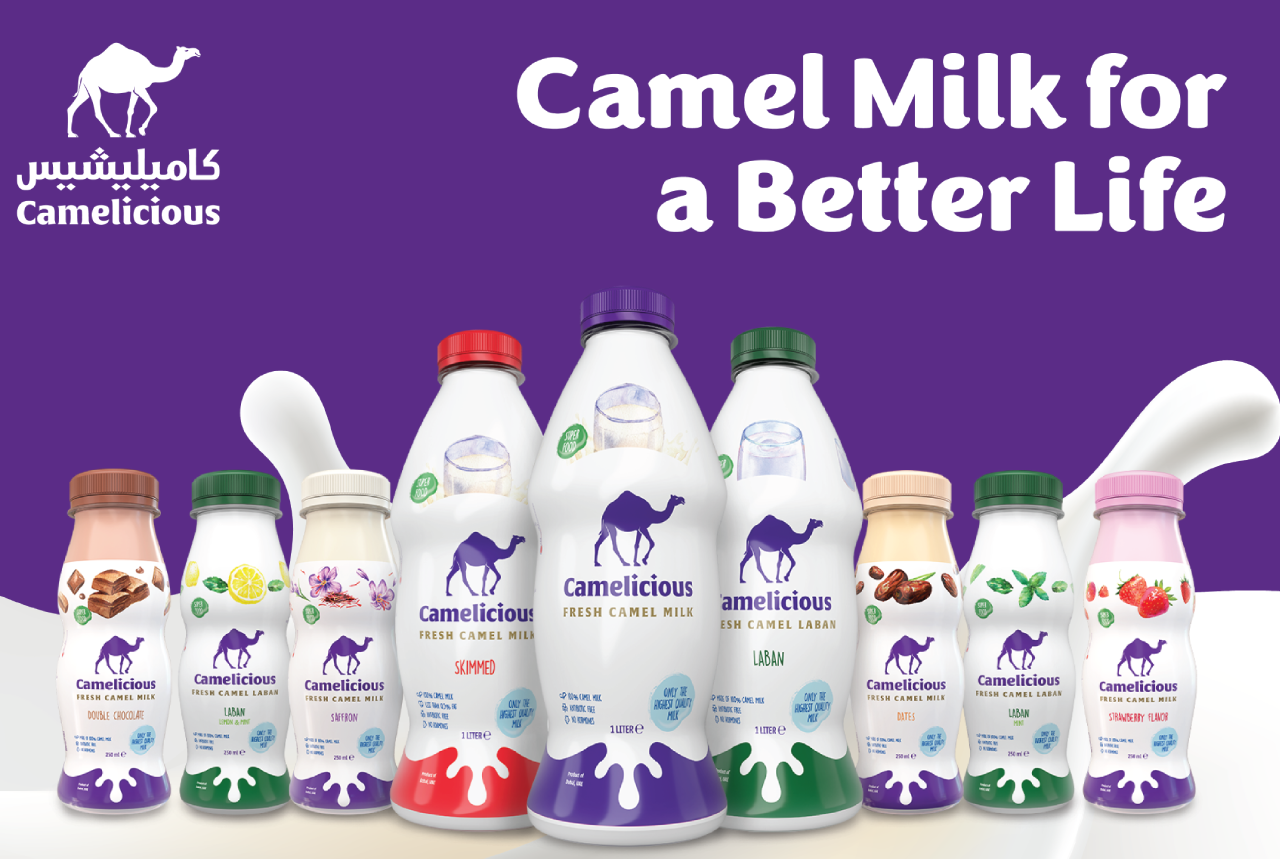
Developing new label applications
New ideas are constantly brewing at Skyne. For example, De Rond is exploring new applications for temperature-sensitive labels.
‘I recall seeing labels that indicate temperature for the first time on beer bottles. It ensures the beer is at the optimal temperature for the best taste, which I can imagine being useful for wine as well. However, I found it could be very interesting from a food safety perspective.
‘For instance, with chicken or meat in supermarkets or shops, if at any point in the logistics chain the meat has been exposed to unfavourable conditions. Having a three-colour indicator system could be beneficial, indicating if something went wrong with the product. For instance, if half of the label turns blue, it could signify an issue. I believe leveraging this technology for food safety rather than just as a gimmick for temperature control could be quite impactful,’ he says.
Pharma and medicine packaging are other possible applications for this technology, where the products must be stored at a certain temperature. But if the product has been in a container at a port without proper cooling, how does one know if it’s still safe to consume? Manufacturers could explore new packaging ideas to address this concern.
De Rond is open to manufacturers who would want to develop this technology with him. He is always on the lookout for new innovations in packaging and packaging techniques. ‘I’m intrigued by different material techniques and unique packaging shapes. While many designs follow conventional patterns for efficiency reasons, I wonder if there are alternative approaches to creating efficient yet more visually interesting packaging. Exploring these possibilities is something I find fascinating,’ he concludes.

